Item Number: SNV8251
Table Queen Acorn Winter Squash Seeds (Organic)
Table Queen Acorn Winter Squash - Prolific Plant that Produces Sweet Fruit
Winter Squash - Table Queen Acorn - Cucurbita pepo
Tender Annual Heirloom. Ribbed fruit is 6" by 4", 1-2 lb with a small seed cavity and hard, green rind. Sweet flesh is light-yellow to deep-orange. The plant grows as a bush about 3' across and 10-12" high; very vigorous and prolific. Withstands poor soil conditions.
Did You Know? Winter squash is an excellent source of beta-carotene and a good source of potassium, niacin, and iron.
Soil & Water: Provide squash plants with deep mounds of organic matter, rich soil, and heavy, even water. All squash are extremely frost sensitive, so use mulch to heat soils in early spring and row covers to protect from frost at both ends of the growing cycle, especially in short growing seasons.
Planting & Growing: Start seeds indoors 3-4 weeks before the last frost, or sow seed directly once soils are at least 70F.
Harvesting & Storage: Harvest when stems begin to shrivel or you can no longer pierce the skin with a thumbnail, but before the first hard frost. Cut squash from the vine leaving 2"-3" of stem attached. Allow to cure in the sun for 10 days to finish hardening the skins. Store in cool, dry conditions. To minimize the spread of rots, store in a single layer and do not allow squashes to touch.
Soil Temperature: 70-95°F
Planting Depth: 1/2"-1"
Germination: 6-10 Days
Height At Maturity: Vine
Days To Maturity: 58-90 Days
Sun/Shade: Full Sun
Spacing After Thinning: 12"-18"
Approx Seeds per Pack: 25 | Per 1/4 lb bulk: 1,385
Winter Squash 'Table Queen Bush,' scientifically known as Cucurbita pepo, is a delightful addition to any home garden. Known for its compact growth habit and rich, nutty flavor, this variety of winter squash offers not only culinary versatility but also an excellent storage life. In this informative guide, we'll delve into the characteristics, cultivation tips, and culinary uses of Winter Squash 'Table Queen Bush.'
Unveiling Winter Squash 'Table Queen Bush':
Compact Growth Habit: 'Table Queen Bush' is a bush-type winter squash, which means it exhibits a compact growth habit. Unlike sprawling vining varieties, this bush squash is ideal for smaller garden spaces or even container gardening.
Fruit: The fruit of 'Table Queen Bush' is a classic winter squash, typically weighing around 2-3 pounds. It features a dark green, slightly ribbed skin and bright orange flesh. The flesh is renowned for its sweet, nutty flavor, making it a favorite among home cooks and gardeners.
Storage Qualities: One of the standout features of this winter squash is its exceptional storage capabilities. When properly cured and stored in a cool, dry place, 'Table Queen Bush' can last for several months, providing a steady supply of fresh squash during the winter.
Versatile Culinary Uses: This winter squash variety is incredibly versatile in the kitchen. You can roast it, mash it, puree it for soups, or even use it as a filling for pies and casseroles. Its sweet, nutty taste pairs well with a variety of spices and flavors.
Cultivating Winter Squash 'Table Queen Bush':
Location: Choose a sunny spot in your garden that receives at least 6-8 hours of sunlight daily. Well-drained soil with organic matter is crucial for healthy squash growth.
Planting: In regions with a shorter growing season, start 'Table Queen Bush' seeds indoors a few weeks before the last expected frost date. Transplant the seedlings into your garden once all risk of frost has passed. Space the plants about 3-4 feet apart.
Watering: Squash plants require consistent moisture throughout the growing season. Be sure to water deeply when the soil becomes dry, but avoid waterlogging, which can lead to root rot.
Fertilization: Prior to planting, incorporate organic compost or well-balanced fertilizer into the soil. Fertilize again when the plants begin to develop fruits to ensure proper nutrition.
Pollination: Winter squash plants, including 'Table Queen Bush,' rely on pollinators like bees for successful fruit set. Encourage pollination by planting pollinator-friendly flowers nearby.
Harvesting and Culinary Enjoyment:
Harvesting: 'Table Queen Bush' winter squash is typically ready for harvest in late summer to early fall, around 80-100 days after planting. To determine readiness, check the skin's hardness and color. The skin should be hard and dark green.
Storage: Cure freshly harvested squash by allowing it to sit in a warm, dry area for about a week. Once cured, store the squash in a cool, dry place, such as a basement or pantry, where it can remain fresh for several months.
Culinary Delights: The sweet and nutty flavor of 'Table Queen Bush' squash makes it a star ingredient in a wide range of dishes. Roast it with olive oil and herbs, mash it with butter and spices, or create creamy soups and stews.
Winter Squash 'Table Queen Bush' is a garden gem that combines ease of cultivation with delicious culinary possibilities. Its compact growth habit, rich flavor, and impressive storage life make it a valuable addition to any home garden. Whether you're a seasoned gardener or a novice, growing 'Table Queen Bush' squash can bring year-round flavor and satisfaction to your kitchen.
Read about how to harvest winter squash in our recent blog.

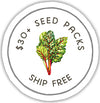
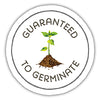
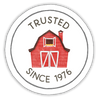
Check Your Zone Compatibility:
Compatible with your zone.
Growing Zone for

Our Guarantee To You
Since 1976, we've served our customers at every stage of growing. Please contact us at any time. We are happy to support and assist you.
Shipping Information
Shipping Information
Shipping Weight: 0.01 lb
Dimensions: 4.5"L x 3.25"W x 0.1"H
Features
Features
- Good Keeper
- Grow on a Trellis
- Heirloom
- Open-Pollinated
Characteristics
Characteristics
Planting & Care
Planting & Care
Soil & Water: Provide squash plants with deep mounds of organic matter, rich soil, and heavy, even water. All squash are extremely frost sensitive, so use mulch to heat soils in early spring and row covers to protect from frost at both ends of the growing cycle, especially in short growing seasons.
Planting & Growing: Start seeds indoors 3-4 weeks before the last frost, or sow seed directly once soils are at least 70°F.
Harvesting & Storage: Harvest when stems begin to shrivel or you can no longer pierce the skin with a thumbnail, but before the first hard frost. Cut squash from the vine leaving 2"-3" of stem attached. Allow to cure in the sun for 10 days to finish hardening the skins. Store in cool, dry conditions. To minimize the spread of rots, store in a single layer and do not allow squashes to touch.
Useful Information
Useful Information
Guarantee
Guarantee

Peaceful Valley Farm & Garden Supply brand vegetable seeds are guaranteed to germinate. Once the seeds have sprouted, please understand that Peaceful Valley cannot be held responsible for the many uncontrollable growing and climatic conditions that must be met to ensure the success of your crop(s).
Share
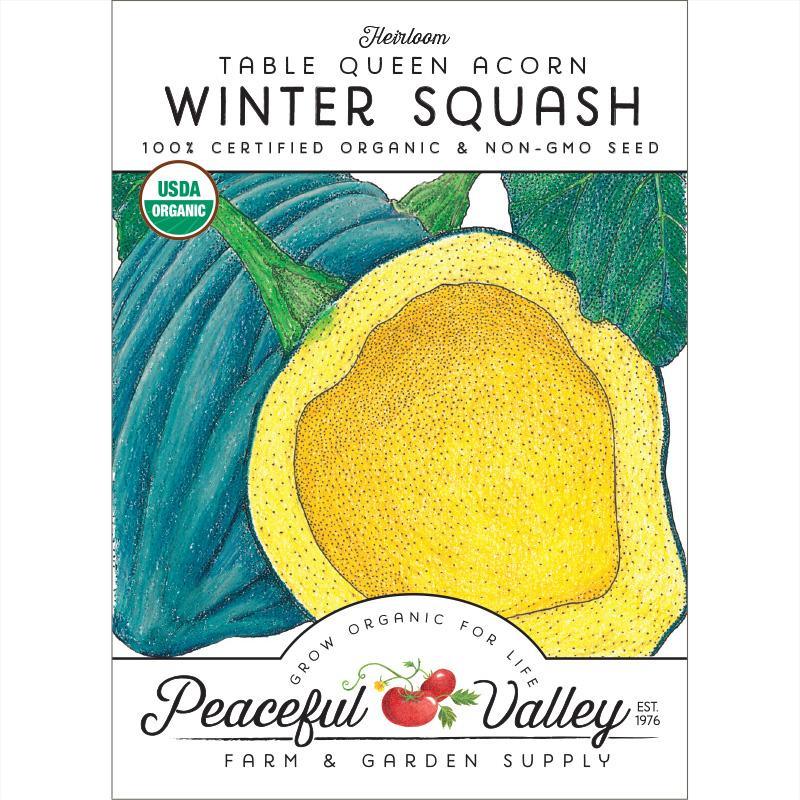
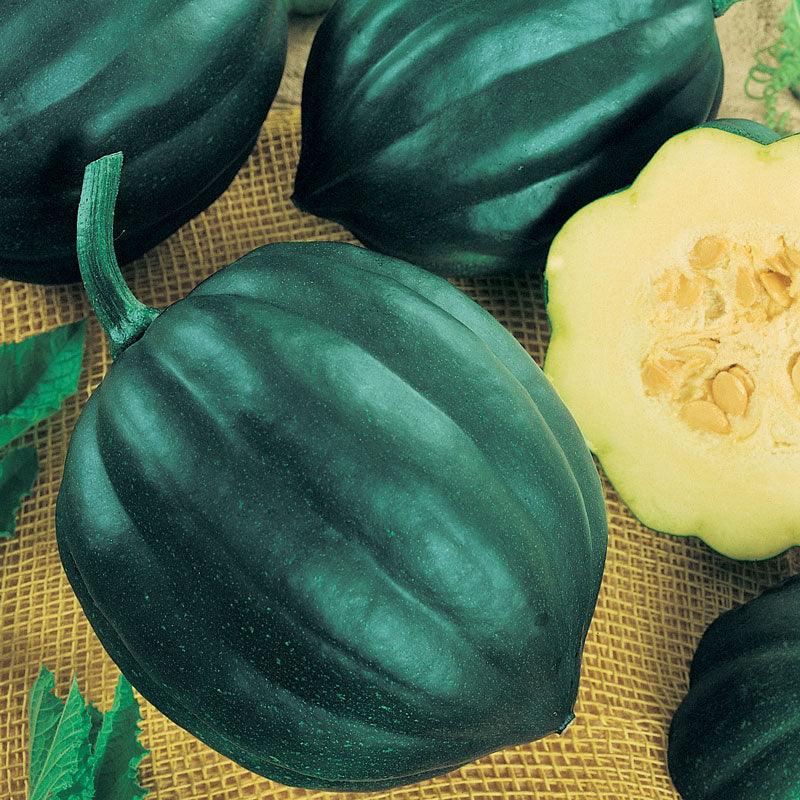
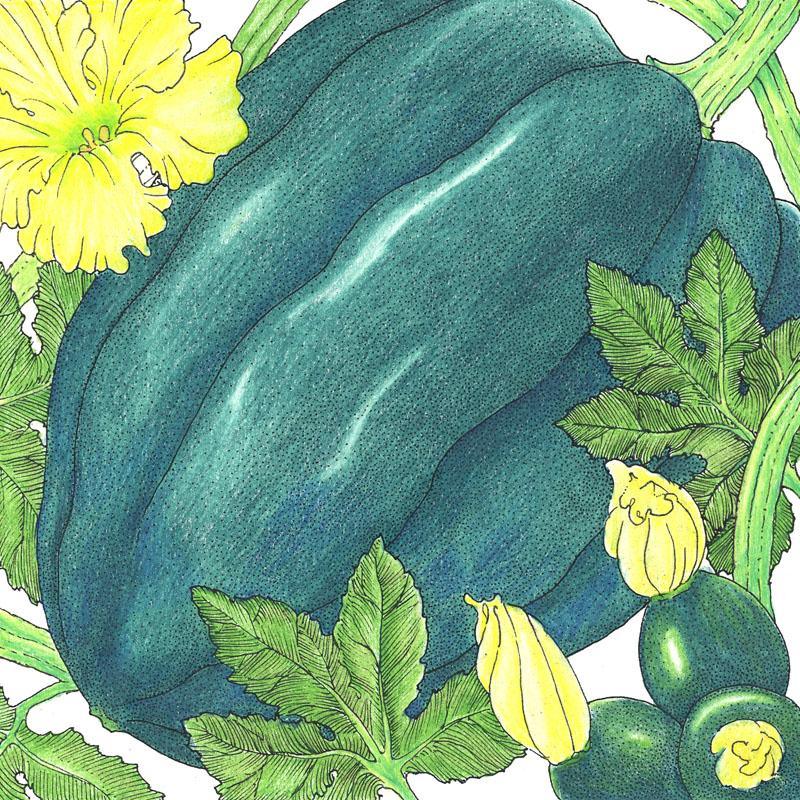
I could not believe how many squash I harvested off a couple of these plants. And they were delicious!
a reliable tasty squash
I am so happy growOrganic carries organic winter squashes, which I find hard to come by. Last year I purchase flower seeds here and the first time growing my own alyssums. My garden was humming with the sound of bees all summer. Bees need healthy food too!!!! THANK YOU!



